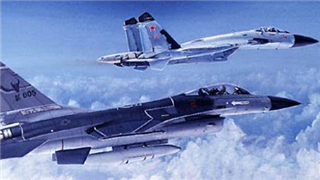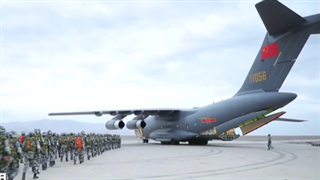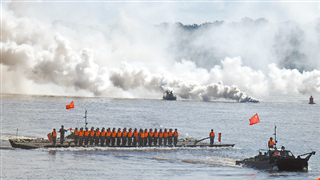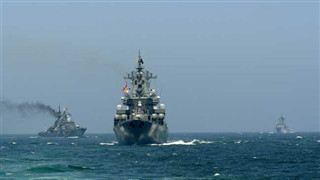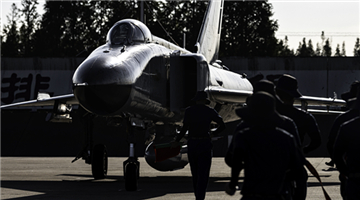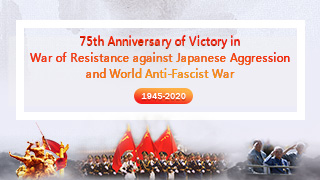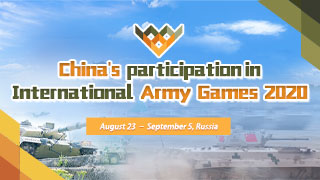By Pan Di
In 1939, when marching through Mount Miaofeng, northwestern Beijing, the Eighth Route Army left the cliff inscriptions of Persevere in the Protracted War. Eighty years has passed since then, the inscriptions are still as legible as before.
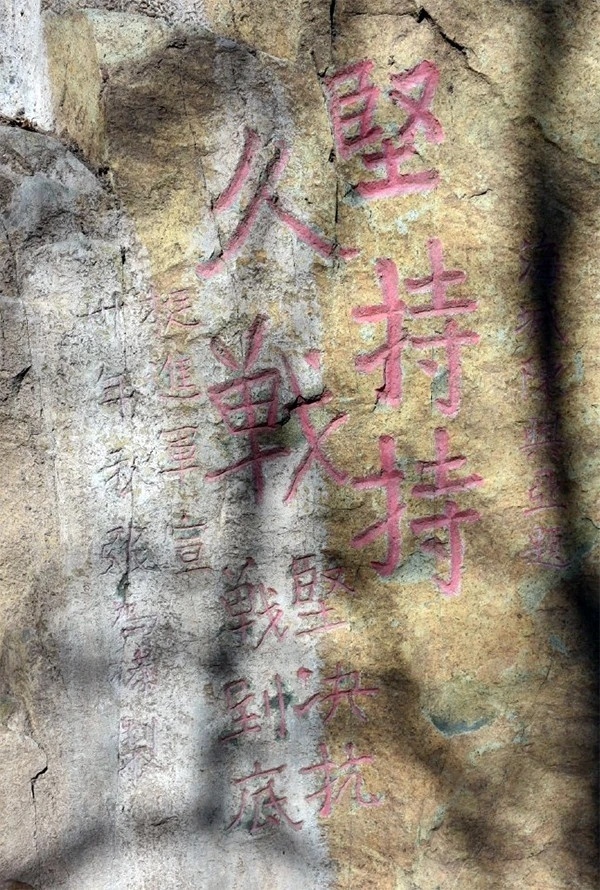
In the early days of the anti-Japanese aggression war, in accordance with the strategic policy of a protracted war made by the CPC Central Committee, the reorganized Eighth Route Army and the New Fourth Army launched independent guerrilla warfare behind the enemy lines and set out to establish anti-Japanese base areas.
Due to the failure in the Battle of Shanghai and the fall of Nanjing, there were talks that China is sure to be defeated in the war; even may get overthrown in further wars among the Chinese military and civilians.
After the Wayaobao Meeting in 1935, Mao Zedong first proposed the idea of a protracted war against Japan in his article On Tactics Against Japanese Imperialism, in which he pointed out: "to defeat the enemy, we must prepare for a protracted war."
In July 1936, Mao Zedong once again mentioned that the war against Japanese aggression was a protracted war in an interview with American correspondent Edgar Snow.
After the Luochuan Meeting in August 1937, the strategy of fighting a protracted war became the general strategic policy of the Chinese Communist Party-led war of resistance.
In May 1938, to refute the erroneous views such as the theory of national subjugation and the theory of quick victory and to respond to the various questions besetting people, Mao Zedong began to write his masterpiece On Protracted War based on scientific judgment and analysis.
The full text of On Protracted War has more than 50,000 Chinese characters. In summary, it mainly talks about three major issues, namely, why the Chinese War of Resistance is a protracted one, how to fight a protracted war, and why the final victory belongs to China. Mao Zedong analyzed the situations in both Japan and China and refuted the erroneous theories such as "national subjugation" and "quick victory", and pointed out the objective basis for the Chinese people's final victory after a long period of resistance. In addition, He scientifically predicted that the war would undergo three stages of strategic defense, strategic stalemate, and strategic counterattack. Mao Zedong pointed out that the only correct way to win victory of the War of Resistance against Japanese Aggression was to fully mobilize and rely on the masses to fight the people's war.
According to the decision of the CPC Central Committee and Mao Zedong, the Eighth Route Army successively opened up a lot of anti-Japanese base areas behind enemy lines in north China’s Shanxi, Hebei, Shandong provinces. Similarly, the New Fourth Army also opened up anti-Japanese base areas in southern Jiangsu, southern and central Anhui Provinces behind enemy lines. The Eighth Route Army and the New Fourth Army developed various forms of combat tactices against Japanese invaders such as mobile warfare, guerrilla warfare, tunnel warfare and landmine warfare.
More than 80 years have passed. The On Protracted War is still of great significance for China in the new era to make development planning based on scientific analysis of the domestic and international situations.
